
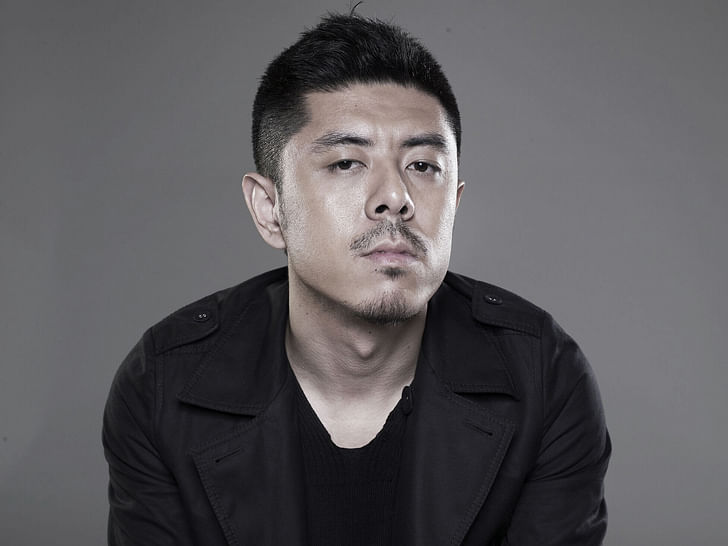
Ma Yansong is a trailblazing figure for Chinese architecture, having made a name for himself around the world as a business leader and innovative architect. Recently named 2014's Young Global Leader by the World Economic Forum and one of Fast Company's 100 Most Creative People in Business, Yansong founded MAD Architecture ten years ago in Beijing, and earlier this year announced the opening of another office in Los Angeles.
MAD Architecture is often characterized by its novel approach to the old "nature vs. civilization" debate, designing structures that are linked to their environments in atmospheric, if not biophilic, ways. I spoke with Ma Yansong after he visited Los Angeles in April, both to launch a new book and prepare MAD's new branch opening. We spoke about conflicting architectural ideals across the Pacific, and the value of nature in cities.
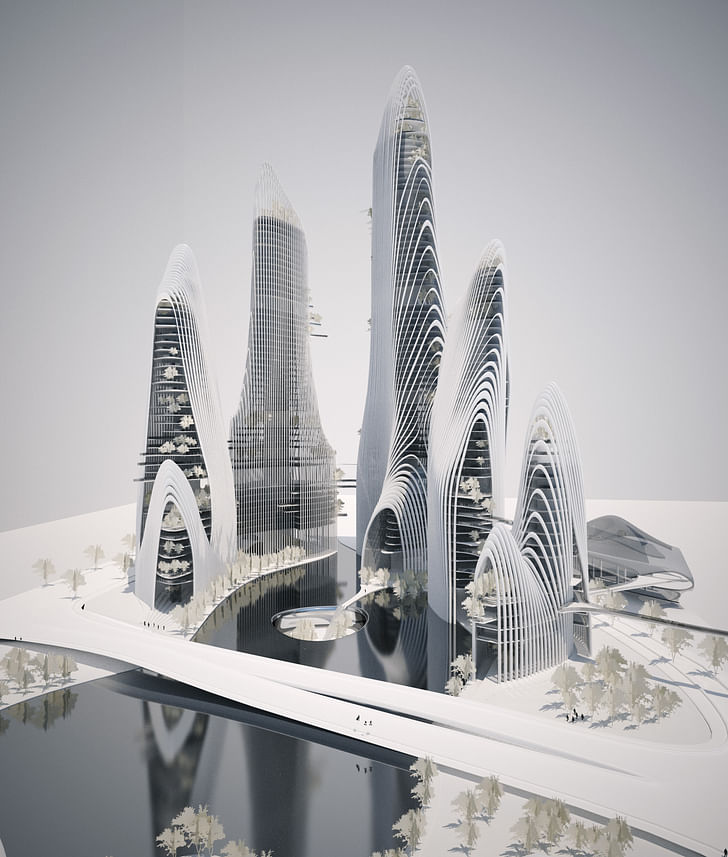
How would you compare the Chinese version of “nature” to a western idea of nature? What separates the “natural environment” from the “built environment”?
In China, when you look at the traditional paintings, they are not exactly what the artist sees from the real scenery. They have this personal imagination in the paintings. The interesting thing is when you paint something, like a stone or tree, the stone looks very ugly. The tree as well will look like it's been through many difficulties through the years of its growth, and the paintings describe these kind of things. I think the nature element in the paintings reflects the spirit of the creator, of humans. Traditional Chinese artists, when they look at nature, they want to use the drawing to reflect their own imagination, or their own spirits, or their own understanding of their lives. So nature comes to have a very strong cultural, or even spiritual meaning.
I think in the west, nature is more on the side of scientific meaning, especially in modern times. Nature is seen as an environment, in isolation from the artificial and man-made. Many parks in the west, they're all "protected" natural landscape, even in parks in the city. So nature in the west is something different and artificial, but in the east, all the natural elements have already been transformed into something artificial, they're all being reimagined. Also, in the Japanese garden, you see those stones -- imagine those are mountains, and the white sand represents an ocean. Something like that, of people watching or walking through that, they will imagine something else. I think there's a large difference between the way we look at nature.
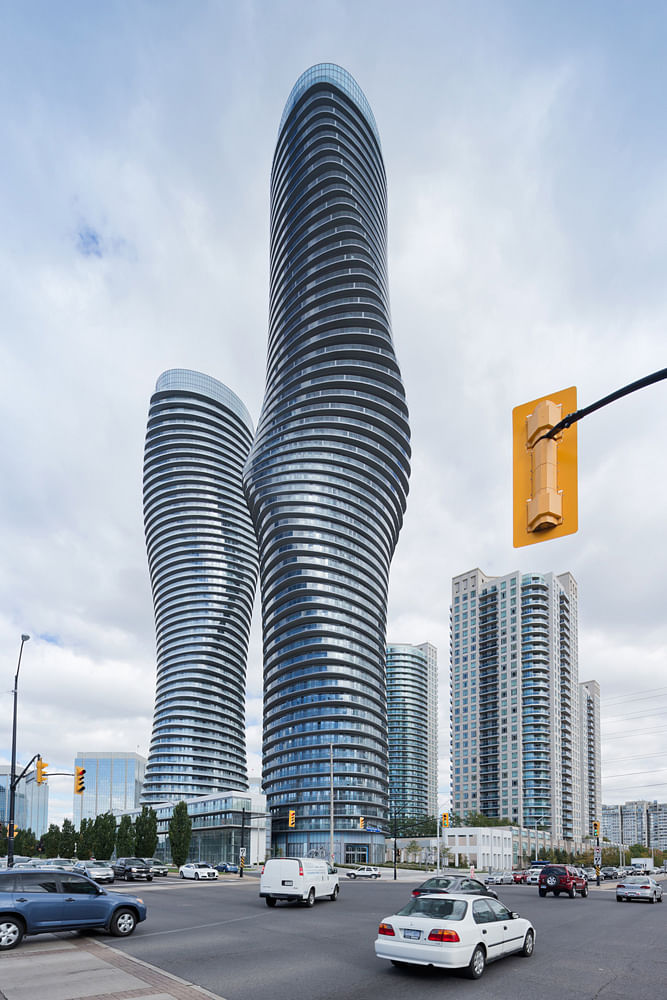
Why did you choose to set up another office in Los Angeles?
We have a project in Los Angeles, we're working on a new residential project in Beverly Hills. So a local office can help us to have better communication. When we had to work with a lot of consultants in Los Angeles it was difficult, so it'll be easier for this project. But maybe in the future we can work on more projects in the states. That project will probably take two years, and the office can keep an eye on the whole project, but we are also hoping to work on more projects in the U.S.
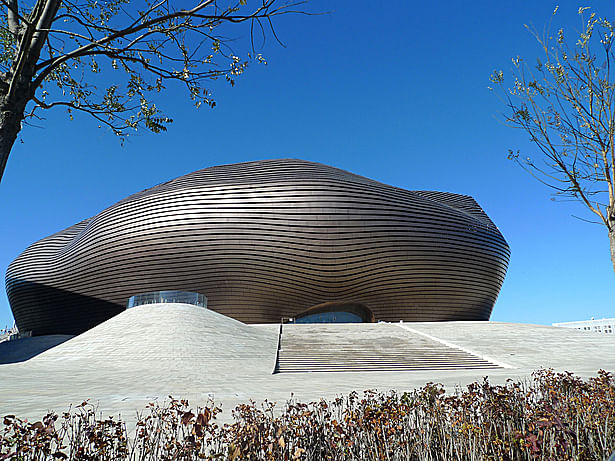
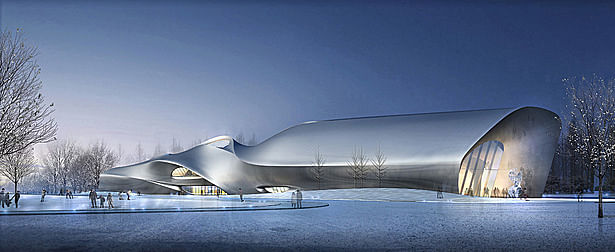
What are the main priorities for a Chinese architect building in China today?
I think the big thing is that China is being modernized, compared to the agricultural civilization. Now it's being transformed into something directly modern, or even postmodern. A lot of places in China, the lifestyle, the architecture, the art and music -- they're in the process to becoming modernized. Chinese cities copy a lot of modern cities around the world, by building so many new cities and towers we use places like Chicago or New York as a reference, because those places have a very symbolic modern urban image and we're copying that. At the same time, while we're building those modern cities, Chinese people also feel the loss of identity. I think a lot of architects are working in this environment where they want to do something modern, but also find the route to the top, the connection to the tradition. I think that also, while many Chinese people are in this fast-developing pace, people recognize tradition is important. I think for myself, I've seen people copying the traditional architecture as an image, and very similar as if they were copying the western modern style. I think beyond those symbolic images, we should think about the real value of our tradition. Like the lecture I had, Shanshui art and paintings and culture, it's a new way to look at our living environment. I don't think that only belongs to the top. Instead I think the modern cities are the way to look at the environment, and nature is not more advanced than the traditional culture. I think, no matter what culture you're in, when we look at those traditional artists we always find them so interesting and enjoyable, and we are all criticizing the lack of emotion or nature in modern cities.
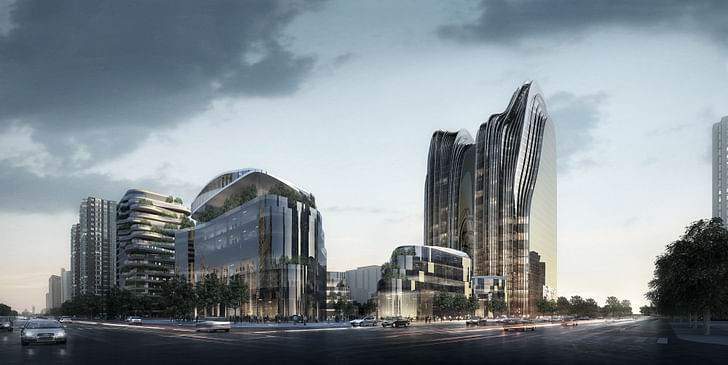
How do you reconcile the necessity of building densely and the serenity of natural environments?
Smaller buildings are easier. In many traditional tower cities, once you build a smaller architecture, because of scale, normally people like green, like a tree, and when the nature has more weight than the architecture you think "that's a good environment." But sometime, I've found, it's different. Sometime when you are in the desert, or in front of the ocean, you also find the landscape so beautiful, and there's no trees. The scale of ocean is huge, and mountains, deserts, those scales are huge, they are much bigger than any building.
instead of making grand structures and beautiful buildings, we should focus on the environment and the urban space, and how you encourage people to live
You also find those landscape sceneries so beautiful, and sometime when you do some drawings, traditional painting, paintings are small -- when you see the content in the painting, you imagine something big. That imagination I think can apply to different scales. I mention the gardens and rocks at this scale but that idea can also apply to cities, like the city of Beijing is a larger version (I would say) of traditional gardens in China. Sometimes you can also create smaller sculpture, and put on your table, and that's the micro-scale. I think we don't necessarily need to use humans or trees as a reference for a natural scale. Sometime I think it's more important to create a feeling or emotion or an atmosphere in the overall environment. I think it's still a challenge, that doesn't mean we can only achieve that kind of harmonious environment at the human scale. For example, the large buildings, the high-rise towers in the city, there is a human scale and people will enter those buildings and use the space. That's something familiar that we referenced, this kind of human space, but overall we could treat it as a desert or mountain or waterfall or ocean, on a huge scale, but also create something that people will have a feeling about, instead of only as functional boxes. So I think there's a way we're trying to explore that in different projects.
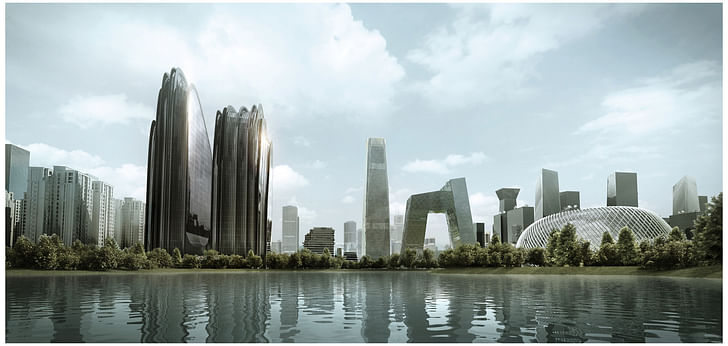
During your recent book launch in Hollywood, you mentioned that much of Chinese architecture in the past 20 - 30 years drew heavily on New York City. What can China learn from NYC now? What can incredibly dense, historic cities such as NYC learn from Chinese architects?
I think copying Chicago and Manhattan as the modern city typology was a very rough idea back in the last decade. They used photographs of Chicago directly as a rendering, as a proposed future image of the city, directly copied. So I think that's more on the main stream side, like the government, the urban planner and the business people and also some corporate architects who work with the government closely. Some architects have this cultural responsiveness to the city's architecture, but I would say that's a minor group now, who are exploring the new possibilities. From my point of view, when we look at today's New York City, for example the High Line project -- I think it's a great project. It's a green project but also an urban space, very human friendly, I think that's something we're lacking in our grand master plans. When we make huge master plans, it's too much about wider scale instead of a human scale. If you say the old Manhattan was full of a lot of towers like Wall Street and those towers are symbolic of power and capital and powerful things, the High Line is different -- it encourages human connection, people in the landscape and in nature. I think that's something new about Manhattan and something Chinese cities need to learn, instead of making grand structures and beautiful buildings, we should focus on the environment and the urban space, and how you encourage people to live.
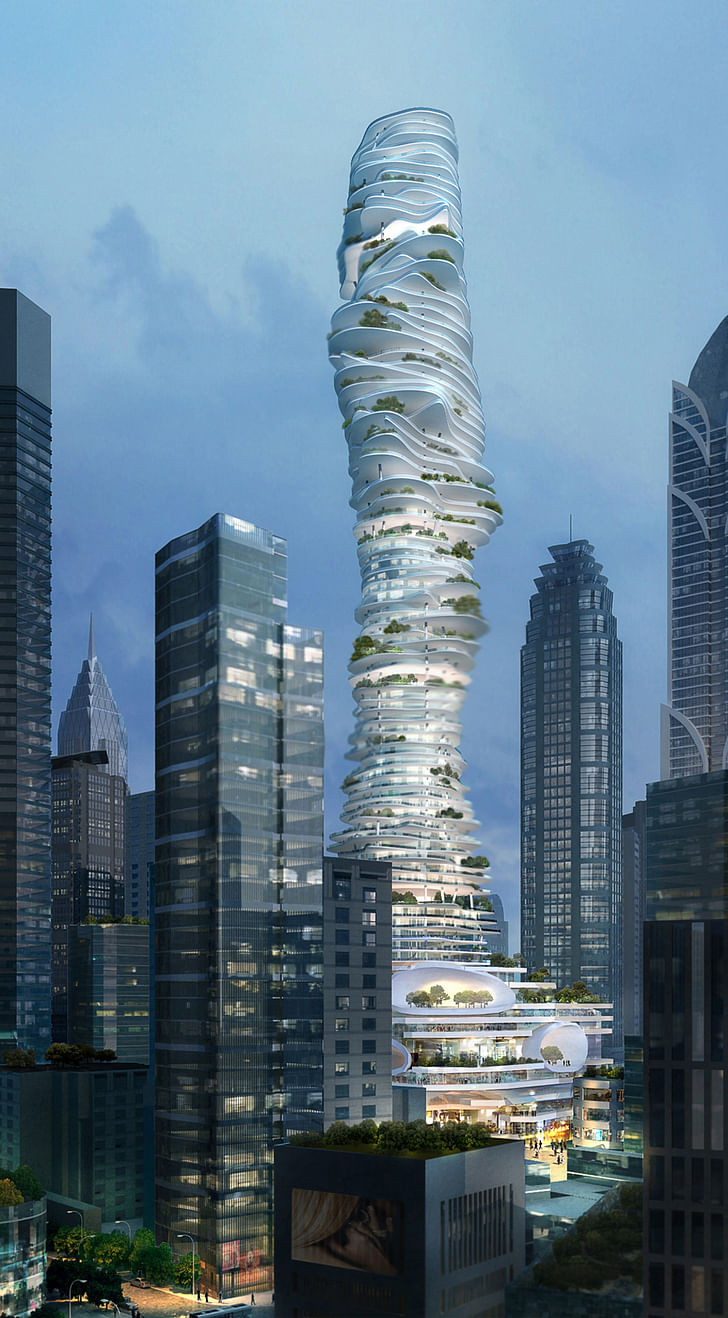
On the other side, of what I think New York should learn from China... I think the buildings, on the business side, should be more creative, or experimental. The Freedom Towers, I don't think they're strong enough to represent a new image of the city, compared to the old Twin Towers. An interesting story was, when Room Koolhaas was invited to design the new World Trade Center, he said he thought China has more opportunity than America, so he gave up the competition. I don't know if that's a true story or not, but from the past decade, you can see more interesting architecture happening in China. When I went to New York I met some friends and potential developers, not many of them interested in new architecture designs. I think most of them are very conservative. I think New York has a great, modern tradition; the Twin Towers were a perfect symbol of modern times. Now I think New York needs an image that reflects the future image of the city. In New York there are many new buildings that have a green building as a standard, a new architecture.
architecturally, we should discover new ways to make humans and nature closer, not purely dependent on technology
Most of them are LEED buildings, green, sustainable architecture. But some of them just look like these '60s or '70s buildings, these huge concrete or steel glass boxes. Inside a high-rise tower, the configuration, the organization of space is nothing new. There's no new idea architecturally. They're just using better materials and equipment, and that's the so-called green architecture. People think this is a new architecture, but I don't think so. I think in theory, you can always use new technology, but it's not new architecture. I think the high-rise needs… we should look at the building on a broader perspective, I don't think it's a technical issue. I don't think technology can create new architecture. If humans really want to take care of nature, why do we use such expensive air conditioning to control a temperature in our room that you can't change one degree? You could have more outdoor spaces, and gardens -- I'm sure those people that work in those green buildings they still want to get away for their weekend, they'll still want to go to parks and nature to enjoy their lives instead of working in those architectures. So architecturally, we should discover new ways to make humans and nature closer, not purely dependent on technology.
What's your opinion of parametric design?
It's a tool. I use parametric tools to develop my designs, but I never use them to design my architecture. I normally start from a sketch, so a very traditional way. I think sketching is very important -- it's a tighter, more direct relation to what your feeling, what you feel about the place or the building. I think parametric design gives you the freedom to get you what you want, but you have to know what you want first. So I'd say it's a tool, and in the past we’ve used different tools -- rulers, pencils -- but those tools can never decide what you want.
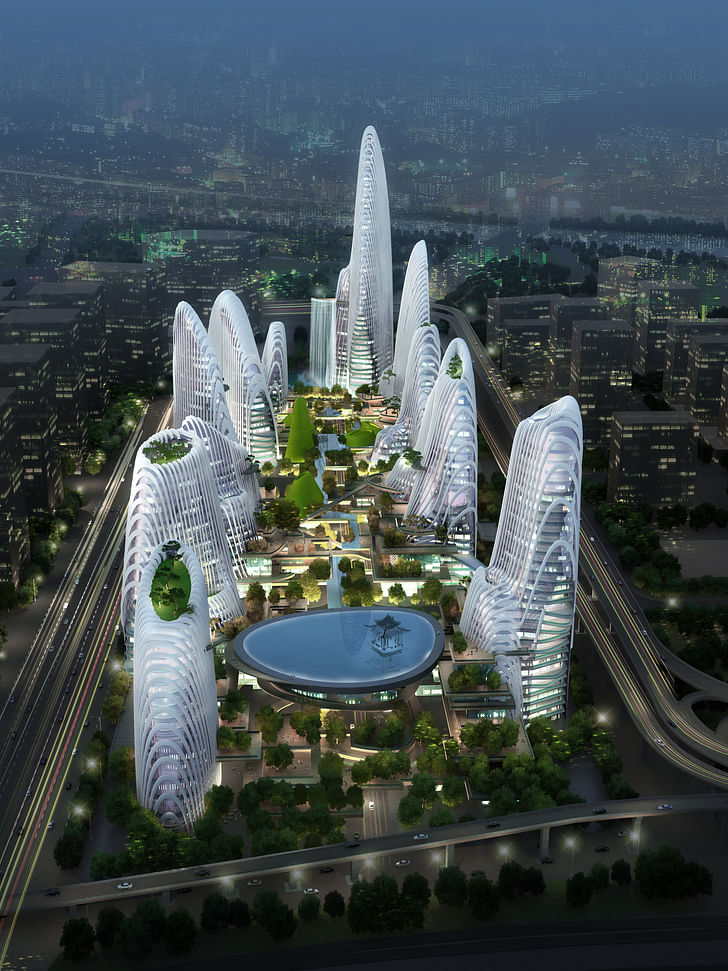
Former Managing Editor and Podcast Co-Producer for Archinect. I write, go to the movies, walk around and listen to the radio. My interests revolve around cognitive urban theory, psycholinguistics and food.Currently freelancing. Be in touch through longhyphen@gmail.com
8 Comments
Trying really hard to forget the fact that I know exactly how this guy really works, isn't there a really striking contrast between the quotes in bold font and the images in the article?
They read this "instead of making grand structures and beautiful buildings, we should focus on the environment and the urban space, and how you encourage people to live."
But the image say:"I really couldn't give a shit less about context, nature and the public realm, I wanna make funky towers with sinuous shapes that are plonked on the landscape by the all-powerful superhuman being that I am!"
Or is it just me?
It's definatly not just you. Then again, this gulf between promise and practice is common practice in the art of architectural marketing. Unfortunatly, with the spohistication of technology and our seemingly endless need for the new and trendy, this kind of thing will continue to happen at greater frequency. There is value though if one can sift through the sales job and mine these explorations for usefull artifacts.
I think he explains himself quite well in his first two paragraphs rendering both arguments above not relevant..or more importantly in disagreement with his concept (not western) of nature....with that said and to Thayer-D point - I would prefer bullshit about saving the planet over bullshit about formal methods for design wouldn't you? Moreover unless its a total political move I seriously doubt the intent for the right thing is not there, remember there are other forces involved that cant be resolved in parametric vector based blobs...
this guy should not be allowed to practice architecture...
" I would prefer bullshit about saving the planet over bullshit about formal methods for design wouldn't you?"
Yes, I would agree on some level, yet it's like saying, I'd prefer bullshit in my personal life than bullshit in my public life. Becasue our environmental situation is so precarious, I'd rather that not be trifled with (wishful thinking!). In this case, it looks like the environmental rhetoric IS the 'formal method' bullshit. Like LeCorbusier 's vision for a hygenic world in white wash, or Mies's universal space for universal man, I sooo want to believe...
At some level the bullshit or virtual becomes as real as the physical so on that end it is destructive since its half baked. Like taking one drug for your liver because the drug for your heart caused liver damage. So I agree with you thayer....his argument for nature can also be put another way if you really want to paint the picture as I think some see it - plastic is artificial nature or carbon fuels are natural just reimagined especially when you burn them, ha...thats almost what paragraph 2 says I think.
By the way his def of green design is more similar to cradle to cradle in case you read my post between the lines..
As much as I don't care for MAD projects, you have to give credit for Ma developing a solid argument for his architecture. His philosophy has strong roots in cultural ideas and references that at least pay homage to the cultural environment they are in.
The disconnect between his words and MAD's images is not so much a fault of the architecture itself, but is a victim of the current cultural circumstances of working on projects in China. The powerful chinese client is expecting space age graphics and a dominating visual image for their project, while the design team is given a few weeks to come up with an entire masterplan for several towers, and no time to work on the design at the human scale. The fact that Ma is even brining up these issues in his explanations is important for paving the way forward for architecture in China. The project in California clearly shows a more human scale focus, and perhaps Ma sees this as an opportunity to more clearly showcase his ideas.
Block this user
Are you sure you want to block this user and hide all related comments throughout the site?
Archinect
This is your first comment on Archinect. Your comment will be visible once approved.